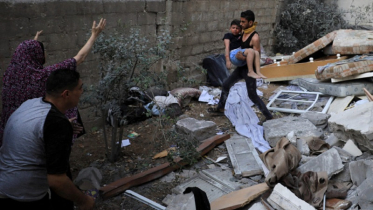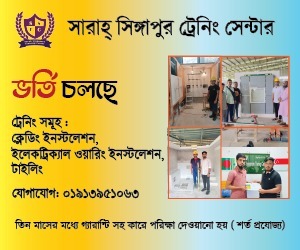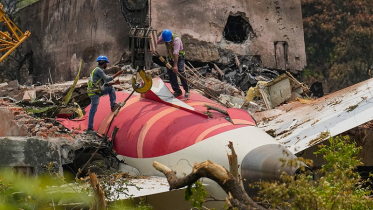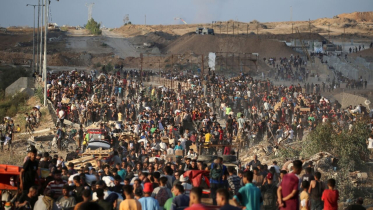The Tuam Mass Grave: Uncovering the Hidden Tragedy of Ireland’s Institutional Past
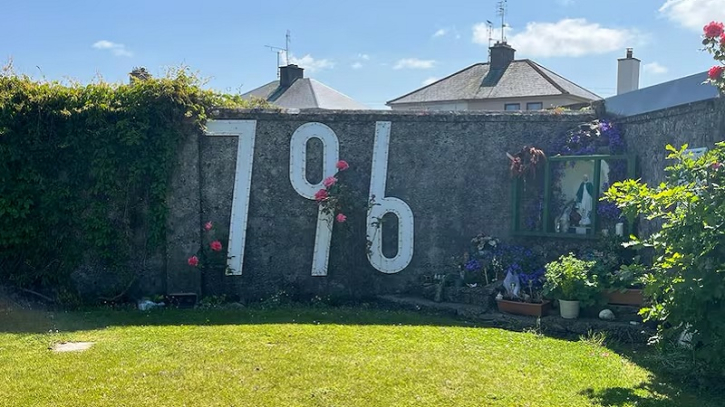
Published : 18:21, 13 July 2025
From 1925 to 1961, the St Mary’s Mother and Baby Home in Tuam operated under the management of a religious order, providing accommodation for unmarried mothers and their infants. Similar to other such facilities across Ireland, it was embedded in a societal system that condemned and shamed women for pregnancies outside of marriage.
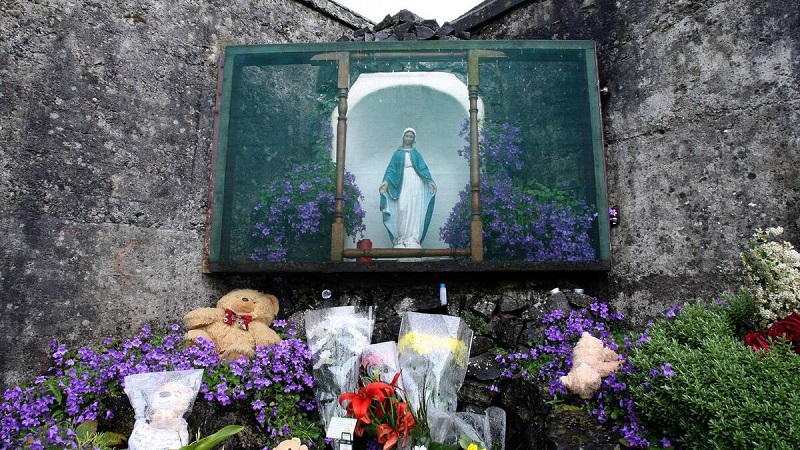
These women were frequently cut off from their families, placed in institutional care, and often had their children taken from them shortly after birth. The children raised within the home—commonly referred to as “home children”—faced enduring discrimination and exclusion from the wider community.
Historical Background
The institution was run by the Bon Secours Sisters, a Catholic religious order. Throughout its 36 years of operation, it is known that over 796 infants and young children died while in residence. Official death records confirm the span of this mortality, beginning with Patrick Derrane in 1925 and ending with Mary Carty in 1960. However, there had been no official burial records, grave markers, or memorials to acknowledge these lives.
The absence of proper documentation and memorialization rendered the memory of these children nearly invisible until an independent investigation initiated by local amateur historian Catherine Corless unearthed the scale of the tragedy.
The Role of Catherine Corless and the Discovery
Catherine Corless began researching the history of St Mary’s Home in 2005 after enrolling in a local history course. Motivated by curiosity and a sense of duty, her investigation revealed that none of the children who had died at the institution had been officially recorded as buried in any local cemeteries. Through persistent efforts, Corless obtained the names and death certificates of 796 children, a revelation that contradicted earlier assumptions that the burial site held victims from the Irish Famine era.
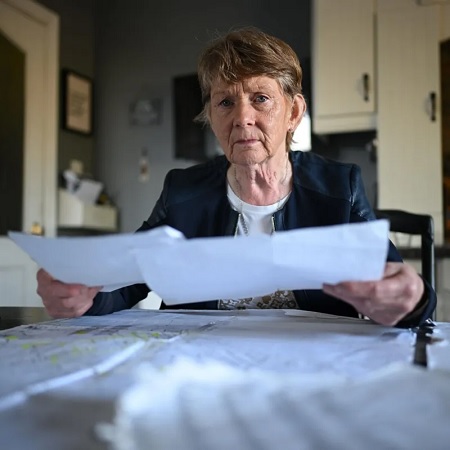 Catherine Corless' shocking findings about the mass grave emerged in 2014
Catherine Corless' shocking findings about the mass grave emerged in 2014
Her pivotal breakthrough came after examining historical maps of the site. A 1929 map identified a disused sewage tank on the grounds, which had ceased to function by 1937. A 1970s version of the map contained a handwritten annotation indicating the same area as a “burial ground.” These cartographic insights, combined with oral testimonies from residents such as Mary Moriarty, led Corless to suspect that the tank had been repurposed as a burial site for the deceased children.
Eyewitness Testimonies and Public Reaction
In the 1970s, local children playing near the site discovered skeletal remains under a concrete slab. While initially dismissed, this finding gained new significance in light of Corless's research. Mary Moriarty, a former resident of the estate, described accidentally falling into a hole near the site, where she saw rows of small, cloth-wrapped remains "stacked to the ceiling." Her account, later verified by her family posthumously, provided critical corroboration of Corless’s suspicions.
Despite initial public skepticism and resistance from some members of the Tuam community, Corless's findings prompted a national and international outcry. A 2017 report by an official Commission of Investigation confirmed that "significant quantities of human remains" had indeed been found in underground chambers during a test excavation. The age range of the remains spanned from approximately 35 gestational weeks to three years old.
Ongoing Excavation and Identification Efforts
Following the 2017 confirmation, pressure mounted for a full-scale excavation. As of 2025, a two-year-long forensic recovery operation is underway. The excavation is led by Daniel MacSweeney, who has experience locating bodies in conflict zones. According to MacSweeney, the process is technically complex due to the fragile condition of the remains and their commingled nature. Infant bones, particularly femurs, are as small as an adult’s finger, demanding delicate and precise excavation procedures.
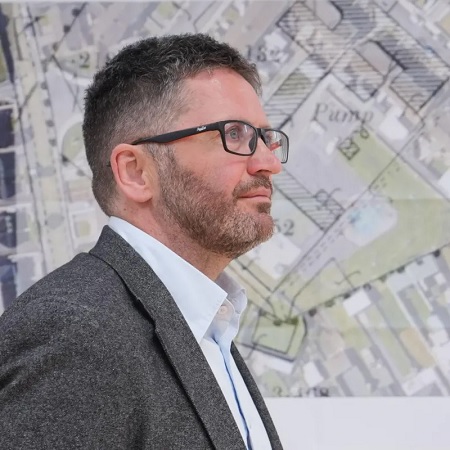 Daniel MacSweeney, the head of the excavation, has previously been involved in searches for missing bodies in conflict zones around the world
Daniel MacSweeney, the head of the excavation, has previously been involved in searches for missing bodies in conflict zones around the world
The primary objective of the operation is to recover as many remains as possible and facilitate the identification of individuals through DNA testing. Survivors, families, and advocates—such as Anna Corrigan, who discovered late in life that she had two brothers born in the home—are anxiously awaiting information that could provide long-sought closure.
Corrigan's brothers, John and William, were both born in the home. John’s death was officially recorded with questionable terms like "congenital idiot" and "measles," despite earlier notes describing him as a healthy infant. William's death remains undocumented, and his burial place is unknown. Such cases exemplify the broader lack of transparency and the institutional failures that have now come under scrutiny.
Social and Psychological Implications
The psychological burden carried by survivors and descendants is profound. Many individuals continue to live with the stigma of institutionalization, long-term separation from biological families, and the trauma of lost relatives. The Tuam case, therefore, represents more than just a failure of record-keeping; it reveals deeply entrenched attitudes toward unmarried mothers and their children in 20th-century Ireland.
The lack of accountability, proper memorials, or reparations underscores the systemic nature of these injustices. However, advocacy efforts and public recognition have begun to restore dignity to the victims. Organizations like the Tuam Babies Family Group continue to campaign for truth, justice, and remembrance.
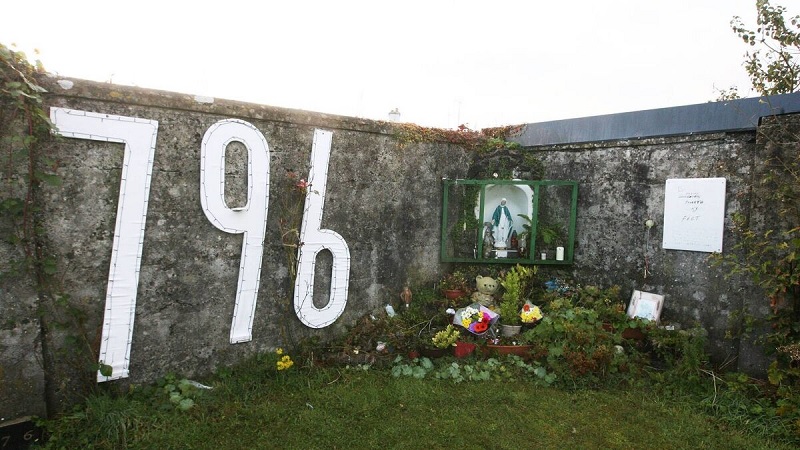
The mass grave at Tuam stands as a stark reminder of a dark chapter in Ireland’s institutional history. It underscores the dangers of secrecy, the consequences of societal shame, and the critical role that independent inquiry and civil society play in uncovering the truth. The ongoing excavation and identification efforts seek not only to recover the remains of children once forgotten but also to reintegrate their memory into Ireland’s national conscience. Through the work of individuals like Catherine Corless and advocacy groups, the Tuam children now have voices—and their stories are being acknowledged on a global stage.
Source: BBC News, CNN, The New York Times, Reuters.
BD/O





